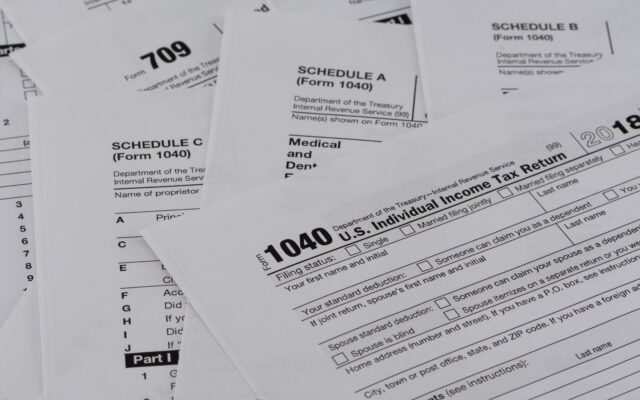Four Things To Understand About Daylight Saving Time

It’s about time to turn the clocks forward again and kick off those long spring and summer hours of daylight. Daylight saving time is in effect in the U.S. for eight months of the year, and we’ll change our clocks this weekend — but why do it at all?
Here are the five things you need to know about daylight saving time, from Michael Downing, who teaches creative writing at Tufts University and wrote the book “Spring Forward: The Annual Madness of Daylight Saving Time.”
1. It all started during World War I. Early in the 20th century, a British man, William Willett, came up with the idea of daylight saving while lamenting the fact that so many people slept in through the early summer sunrises. For nearly a decade, British Parliament debated whether to enact a daylight saving law … only to have the Germans beat them to it during the war, in an effort to conserve energy to support military efforts. The U.K. adopted daylight saving soon after, and the U.S. was right behind, putting a daylight saving law into effect in 1918.
2. The plan didn’t work as expected. It turns out, daylight saving time didn’t help anyone conserve energy. Longer summer nights and more daylight after the workday ended meant Americans were using more electricity at night — running air conditioning units and buying gas for their cars.
3. But the Chamber of Commerce was pretty pleased. Daylight saving time was a success for the retail industry. Businesses related to outdoor activities have particular upticks during DST months. The home improvement, hiking, barbecuing and sports industries are all big daylight saving winners. It turns out, if you give Americans a little extra daylight, they’ll find a way to spend money enjoying it.
4. Farmers hated daylight saving time. So much that they lobbied against it, and because of the farming lobby, there was no peacetime daylight saving law in the U.S. until 1966. Farmers already made the most of the daylight, waking up early to get ahead and bring food to market. But the Chamber of Commerce created a powerful myth — that daylight saving time would be good for farming. They distributed pamphlets about it, promising things like crisper and more delicious apples (“picked before the sun had the chance to dry the dew”) and less strained and overheated horses. Farmers didn’t buy it, but many Americans did … the myth prevails even today.



